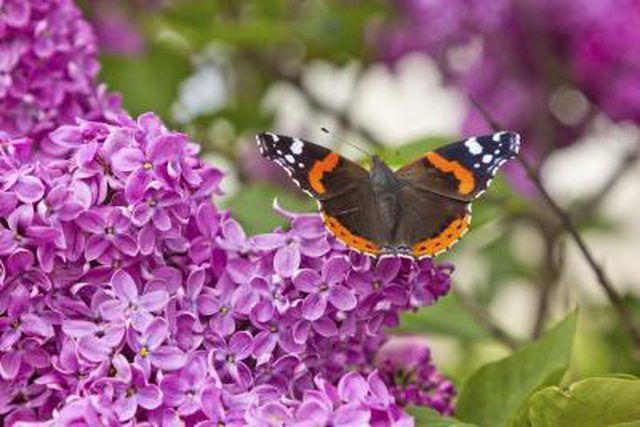Bulbs
Flower Basics
Flower Beds & Specialty Gardens
Flower Garden
Garden Furniture
Garden Gnomes
Garden Seeds
Garden Sheds
Garden Statues
Garden Tools & Supplies
Gardening Basics
Green & Organic
Groundcovers & Vines
Growing Annuals
Growing Basil
Growing Beans
Growing Berries
Growing Blueberries
Growing Cactus
Growing Corn
Growing Cotton
Growing Edibles
Growing Flowers
Growing Garlic
Growing Grapes
Growing Grass
Growing Herbs
Growing Jasmine
Growing Mint
Growing Mushrooms
Orchids
Growing Peanuts
Growing Perennials
Growing Plants
Growing Rosemary
Growing Roses
Growing Strawberries
Growing Sunflowers
Growing Thyme
Growing Tomatoes
Growing Tulips
Growing Vegetables
Herb Basics
Herb Garden
Indoor Growing
Landscaping Basics
Landscaping Patios
Landscaping Plants
Landscaping Shrubs
Landscaping Trees
Landscaping Walks & Pathways
Lawn Basics
Lawn Maintenance
Lawn Mowers
Lawn Ornaments
Lawn Planting
Lawn Tools
Outdoor Growing
Overall Landscape Planning
Pests, Weeds & Problems
Plant Basics
Rock Garden
Rose Garden
Shrubs
Soil
Specialty Gardens
Trees
Vegetable Garden
Yard Maintenance
What Causes Plants to Become Dormant?
What Causes Plants to Become Dormant?. Dormancy is a time period when a plant's growth slows or ceases. Although the plant does not die, it may drop its leaves and look like a dying plant. Many plants are dormant during winter, but plants become dormant at other times, too. Dormancy may be most noticeable in houseplants that suddenly lose their...

Dormancy is a time period when a plant's growth slows or ceases. Although the plant does not die, it may drop its leaves and look like a dying plant. Many plants are dormant during winter, but plants become dormant at other times, too. Dormancy may be most noticeable in houseplants that suddenly lose their foliage or have reduced growth.
Stress Factors
One reason plants enter dormancy is stress. Extreme cold, extreme heat, drought, lack of light or lack of humidity plunges certain plants into dormancy. Dormancy ensures that the plants will survive the conditions and live to bloom another day. It is an adaptation that allows plant species to continue when stress strikes.
Cold Weather
Many herbaceous plants survive the stress of winter's cold temperatures by going dormant. Even though their foliage above the ground dies back, their roots remain alive and send out new shoots in spring. Many woody plants, including shrubs, also go dormant in winter. They typically drop their leaves, but their branches survive the cold. Some shrubs, such as the common lilac (Syringa vulgaris), form buds for the following year's blooms shortly after blooming. During winter dormancy, bud scales cover the tender buds, protecting them from harsh weather. In spring, the return of warm weather breaks the plants' dormancy, and their new growth appears. Common lilacs, hardy in U.S. Department of Agriculture plant hardiness zones 3 through 7, are among the plants that need a period of winter dormancy to produce abundant blooms.
Less Light and Humidity
Most tropical houseplants experience dormancy during winter. Although they do not die back or cease growing completely, their rate of growth slows. That situation is due primarily to the lack of light and decreased humidity inside the typical American home during winter. Treat dormant tropical houseplants by withholding fertilizer and reducing water for them from October to April.
Hot Weather
Some plants, including cyclamen (Cyclamen persicum) and the kind of shamrock plant known as the good luck plant (Oxalis deppei), enter dormancy during summer when the mercury soars. When their foliage dies back, reduce the amount of water you give them, and move them to a cool, dark area for several months until their new growth appears. Although commonly grown as houseplants, the good luck plant is hardy outdoors all year in USDA zones 6 through 10 while cyclamen is perennial in USDA zones 9 through 11.